
Beech Tree Crown Reduction
The beech tree, commonly known as the common beech or the European beech, is a native UK species known to live for generations with proper care. Routine pruning is necessary for the health and longevity of the tree, and for keeping them a safe haven for wood-borrowing insects and birds.
Is Crown Reduction safe?
Beech trees can grow to more than 40 metres tall, and develop a large domed crown once they have matured. A crown reduction may sound like a good idea to manage the tree, however, it is not the best option. Reducing the canopy size puts stress on the tree due to the types of cuts required.
Canopy reduction is not like a thinning cut; a drop-crotching cut does not stop at a natural boundary, leading to decay spreading quickly through the cut branches. For this reason, it is best to avoid a canopy reduction.
This is a more extensive and severe form of pruning and is used to:
- Reduce the weight of potentially dangerous limbs.
- Balance a misshapen tree, for example, following storm damage, or after bad pruning.
- Prevent trees obstructing or damaging buildings and property.
- Prevent trees from interfering with overhead telephone and power lines.
In most cases, tree canopies cannot be properly reduced to the desired size without over pruning. Over-pruning the trees may create the desired look, however, it can lead to the decay in the branches and trunk. It can also stimulate the tree’s rapid epicormic growth, filling the canopy to original size rather quickly. When crown reduction is not a good option for the health of the tree, removal, and replacement may be your best option. It could be a good choice to replace your current trees with smaller, maturing plants to help minimise resources.
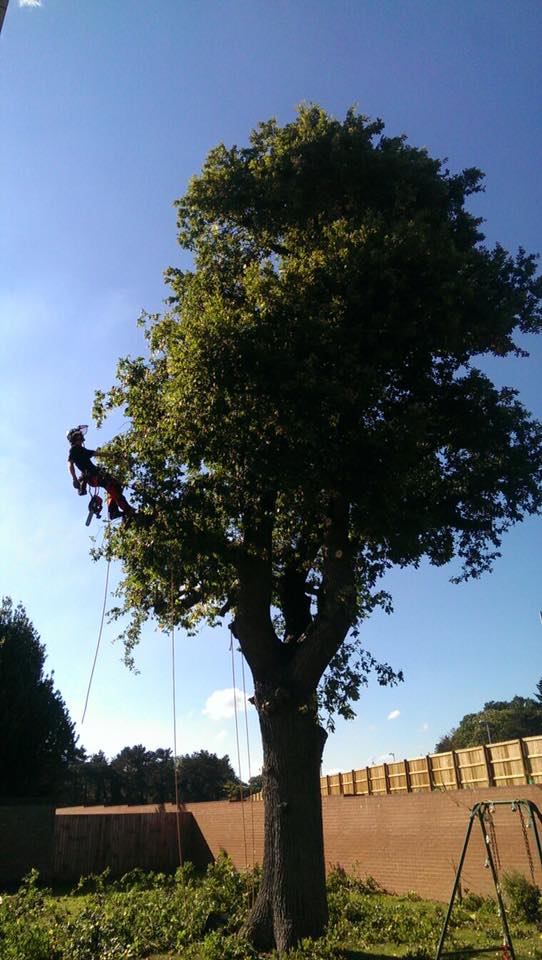
I want to reduce the size of my tree. How much foliage can safely be removed?
In cases where more than 30% of the foliage is being removed, we recommend splitting the job into 2 sessions about 12 months apart. Splitting the job this way helps to minimise the amount of sprouting and starch removal from the tree.
For us to properly reduce the size of the tree, we use a series of drop-crotch cuts. We begin by reducing the branches that protrude further than other branches. This way we are able to simply reduce the size of the tree while maintaining a natural shape. Next, we reduce the longest portion of the main branches to the size of a smaller, lateral branch. This step typically involves removing one third or half of the diameter of the main branch.
It is not reasonable to expect more than as 15-20% canopy reduction from a properly executed crown reduction. When a branch is cut back too small, it is common to see excessive sprouting along with dieback and decay. Proper crown reductions are time-consuming; its more of an art than a science. To avoid dying, decaying trees we suggest seeking professionals with a skilful execution of the task.

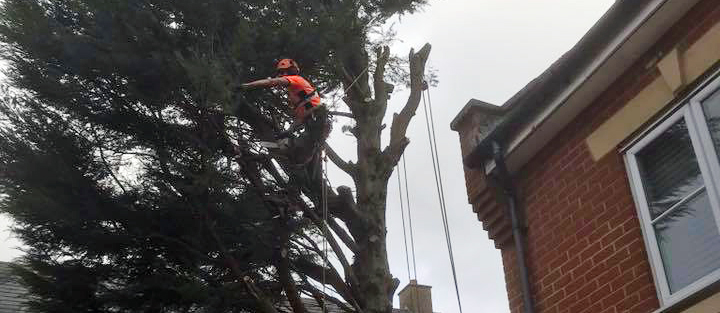

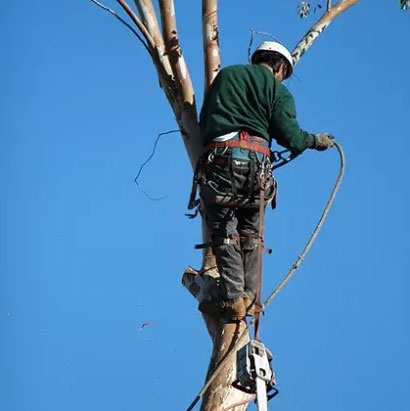
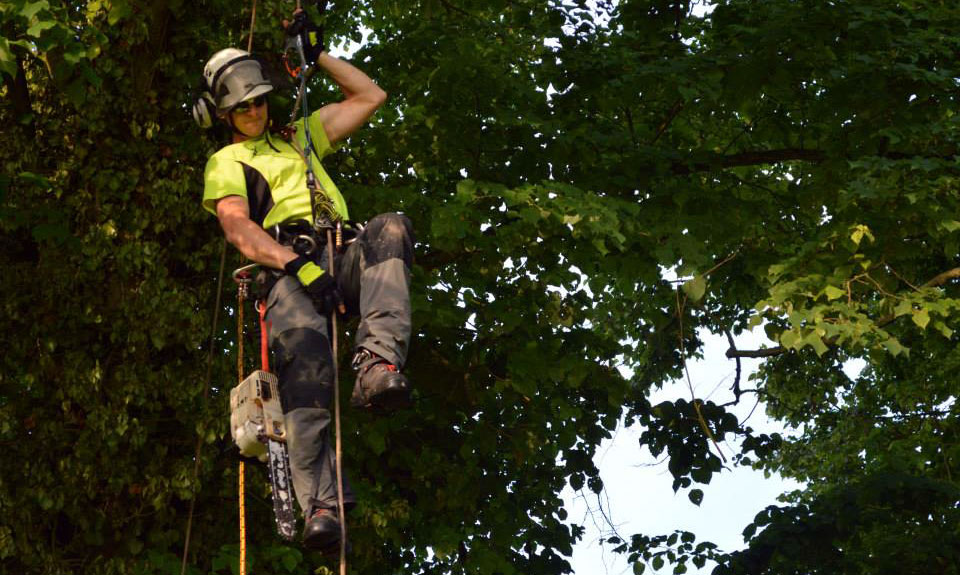
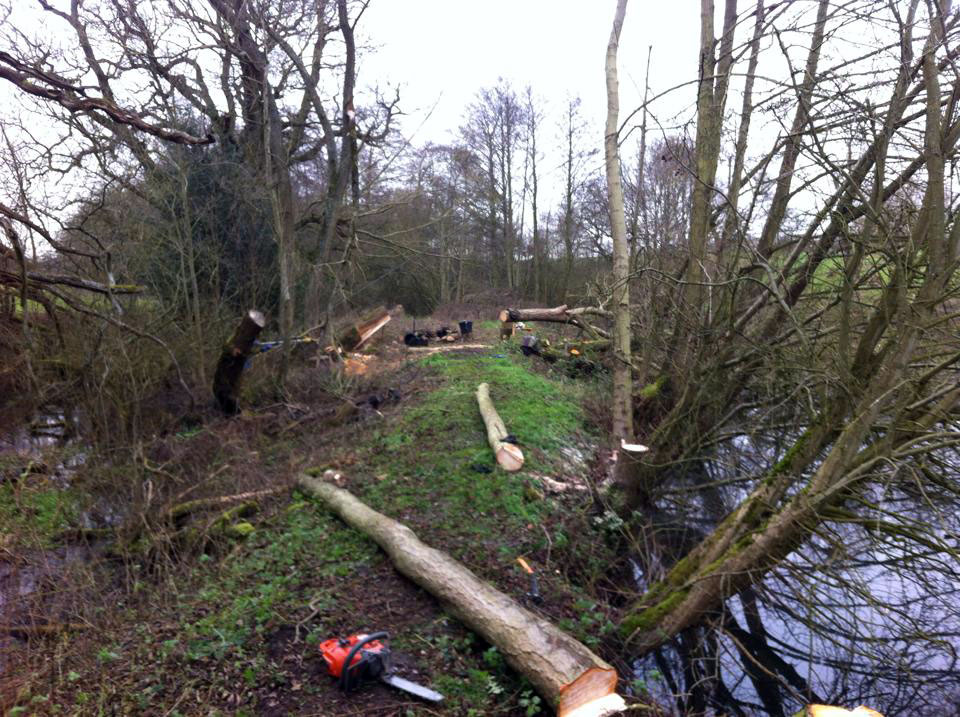
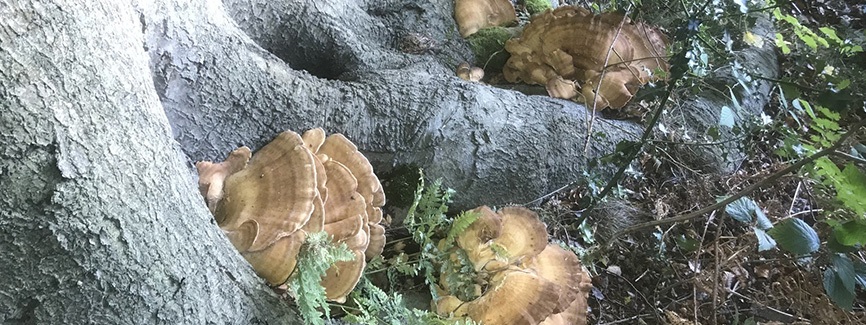
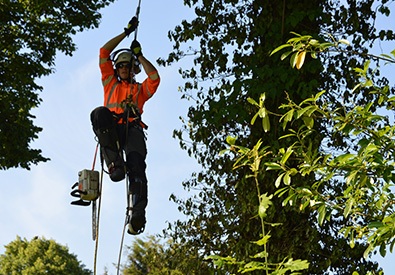
Recent Comments